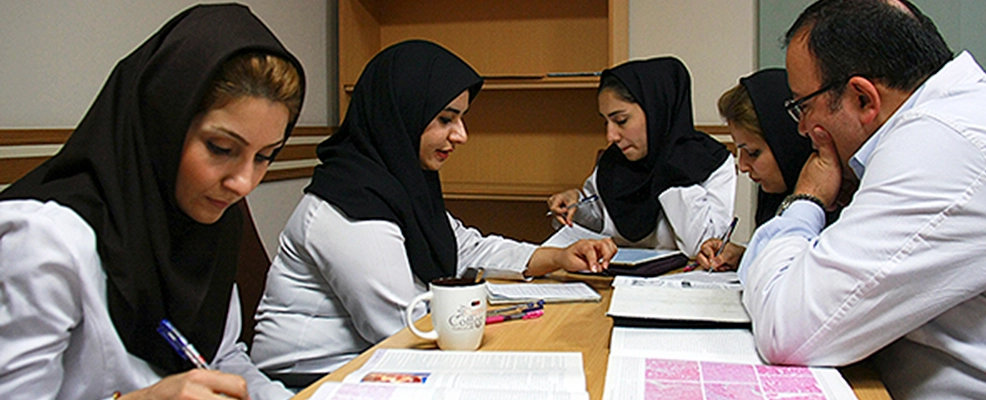Study MBBS in Bangladesh: Duration, Curriculum, and Clinical Training

Studying MBBS in Bangladesh has emerged as one of the most popular choices for Indian students due to its affordable tuition fees, globally recognized curriculum, and strong focus on clinical training. With a growing demand for medical education and limited seats in India, Bangladesh offers an excellent alternative that aligns with international standards and follows the NMC (National Medical Commission) guidelines. The country’s medical universities, recognized by WDOMS, WHO, and other international medical boards, provide high-quality education at reasonable costs, making it an attractive destination for students aiming to become skilled medical professionals.
This comprehensive guide explores the duration of MBBS in Bangladesh, detailed curriculum structure, and emphasis on clinical exposure, helping students understand why this country is increasingly becoming a preferred destination for medical education.
Duration of MBBS in Bangladesh
The MBBS program in Bangladesh is designed to provide a well-rounded education over 5 years of academic study followed by 1 year of compulsory internship training. Here’s a detailed breakdown:
-
Total Course Duration: 6 years (5 years classroom + 1-year internship)
-
Medium of Instruction: English, making it easier for Indian and international students.
-
Eligibility: 50% aggregate in Physics, Chemistry, and Biology in Class 12, with NEET qualification for Indian students.
-
Intakes: The admission cycle typically starts in September-November, with classes commencing in January.
Year-wise Structure:
-
First Year (Anatomy, Physiology, Biochemistry): Focuses on foundational medical sciences and understanding of the human body.
-
Second Year (Community Medicine, Forensic Medicine): Builds knowledge in preventive medicine and legal aspects of medical practice.
-
Third Year (Pharmacology, Microbiology, Pathology): Introduction to drugs, disease pathology, and microbial organisms.
-
Fourth Year (Medicine, Surgery, Pediatrics, Gynecology): Core medical subjects with a blend of theory and practical exposure.
-
Fifth Year (Advanced Medicine, Surgery, ENT, Ophthalmology): Clinical rotations, specialty modules, and preparation for internship.
-
Internship (1 Year): Compulsory supervised internship in affiliated hospitals for hands-on patient care.
This structured timeline ensures that students graduate with not only theoretical knowledge but also the necessary practical expertise to handle real-life medical scenarios confidently.
Curriculum of MBBS in Bangladesh
The MBBS curriculum in Bangladesh is modeled after British and Indian medical education systems, making it easy for Indian students to adapt and later appear for licensing exams like FMGE/NExT in India, USMLE (USA), and PLAB (UK).
Key Features of the Curriculum:
-
Aligned with NMC Gazette 2021: Ensures eligibility for practicing medicine in India after graduation.
-
Emphasis on Clinical Learning: Practical sessions are integrated from the second year onward.
-
Semester-based System: The course is divided into 10 semesters, each lasting six months, ensuring a smooth learning pace.
-
Credit-based Assessments: Continuous internal assessments, practical exams, and final university exams.
Core Subjects Overview:
| Year of Study | Subjects Covered | Focus Area |
|---|---|---|
| Year 1 | Anatomy, Physiology, Biochemistry | Foundation of medicine, understanding human body systems |
| Year 2 | Community Medicine, Forensic Medicine | Public health, preventive medicine, legal aspects |
| Year 3 | Pharmacology, Microbiology, Pathology | Disease mechanisms, drug therapies, lab studies |
| Year 4 | General Medicine, General Surgery, Pediatrics, Gynecology | Clinical diagnosis, treatment procedures |
| Year 5 | ENT, Ophthalmology, Advanced Medicine, Surgery | Advanced clinical exposure, case studies |
Clinical Training in Bangladesh
One of the standout features of MBBS programs in Bangladesh is early and extensive clinical exposure. Students are trained in government-affiliated hospitals with high patient inflow, ensuring practical experience in real medical environments.
Highlights of Clinical Training:
-
Starts in 3rd Year: Students begin clinical postings and rotations in various hospital departments from their third year.
-
Hands-on Practice: Internships provide opportunities to assist in surgeries, conduct patient diagnoses, and practice essential medical skills.
-
Mentorship: Senior doctors and professors mentor students, offering personalized guidance.
-
High Patient-Doctor Ratio: Hospitals in Bangladesh have a large patient base, allowing students to gain practical knowledge in handling diverse medical cases.
-
Mandatory Internship: A 1-year internship is compulsory for all students, recognized by NMC, WHO, and other medical boards.
This approach ensures that students graduate as clinically competent doctors, prepared to work in any healthcare setting globally.
Recognition and Accreditation
Studying MBBS in Bangladesh offers global recognition, making it a safe choice for international students:
-
WDOMS Recognition: Most medical universities in Bangladesh are listed in the World Directory of Medical Schools (WDOMS).
-
NMC Approved: Universities are approved by the National Medical Commission, allowing Indian graduates to practice in India after FMGE/NExT.
-
WHO and FAIMER Listing: Graduates are eligible for higher studies or licensing exams like USMLE, PLAB, or AMC.
-
Affiliated Hospitals: All universities have their own teaching hospitals, ensuring quality clinical education.
Advantages of MBBS in Bangladesh
-
Affordable Education: Total costs (tuition + living) range between ₹25–35 lakh, much lower compared to private colleges in India.
-
Similar Culture and Food: Indian students feel at home due to cultural similarities and availability of Indian cuisine.
-
English-Medium Instruction: No language barrier for Indian and other international students.
-
High FMGE Pass Rates: Bangladesh has one of the highest FMGE passing percentages among foreign medical graduates.
-
Safe Environment: Universities and hostels maintain strict security measures.
Hostel and Living Conditions
Most medical universities in Bangladesh provide on-campus hostels with separate facilities for boys and girls. Hostels are well-furnished and equipped with essential amenities, including Wi-Fi, laundry, and recreational areas. The cost of living is affordable, with monthly expenses averaging ₹8,000–₹12,000 including food and accommodation.
Career Opportunities After MBBS in Bangladesh
Graduates have multiple career paths:
-
Practice in India: Clear FMGE/NExT to register with the NMC and work in India.
-
Global Practice: Appear for USMLE, PLAB, or AMC for international medical careers.
-
Postgraduate Studies: Pursue MD/MS or other specialization courses worldwide.
-
Research and Academics: Opportunities in medical research and teaching.
Why Choose Bangladesh for MBBS?
Bangladesh provides a world-class education system that blends theory and practice effectively, ensuring students are job-ready from day one. Its proximity to India, cultural familiarity, affordable cost, and international recognition make it an ideal choice for aspiring doctors. The focus on clinical training from early years gives graduates a competitive edge over peers from many other countries.
Conclusion
Studying MBBS in Bangladesh is a smart investment for Indian students looking for quality medical education at reasonable costs. With a 6-year course structure, globally recognized curriculum, and strong clinical training, Bangladesh stands out as one of the best destinations for aspiring doctors. Its emphasis on hands-on learning and adherence to NMC guidelines ensures students are well-prepared to practice medicine globally. For Indian students who want international exposure, affordability, and comprehensive training, Bangladesh is an excellent choice for building a successful medical career.







